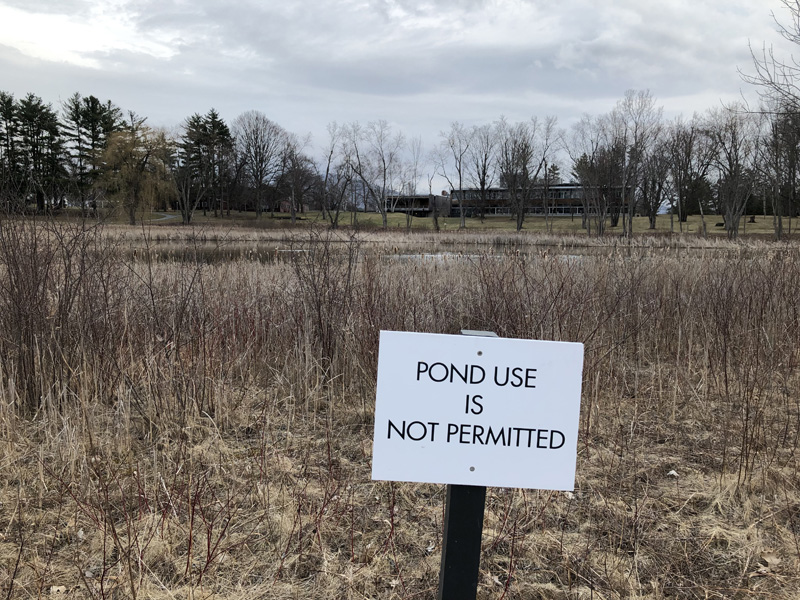
For a show this spring at Bennington College’s Usdan Gallery, I explored the area watershed with a group of students, starting at the little pond on the campus.
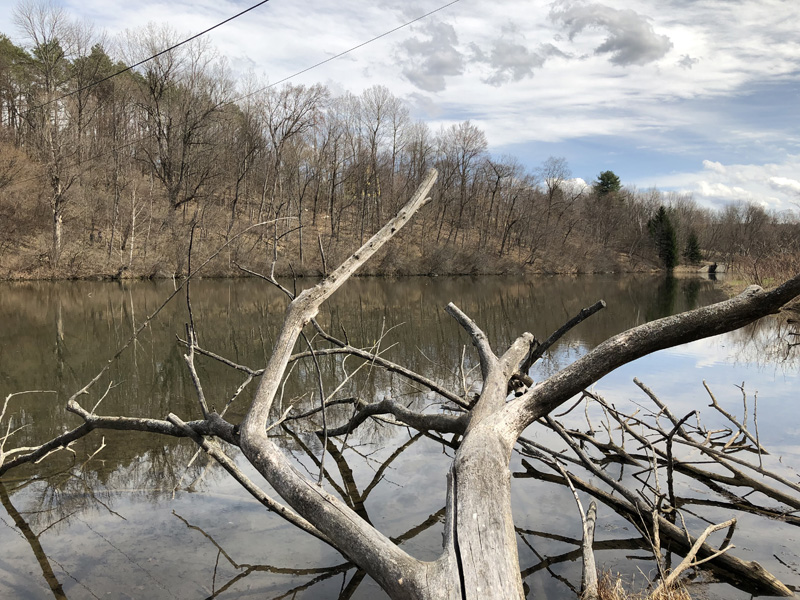
We looked at how the pond connected to the Paran Creek, the Walloomsac River, the Hoosic River, and eventually the Hudson River.
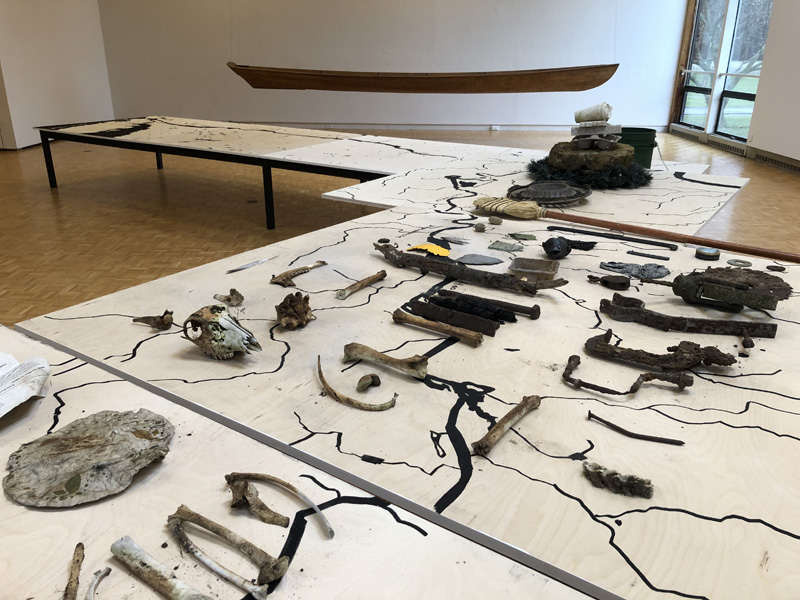
We walked along the banks collecting junk, making drawings, and reading.Â
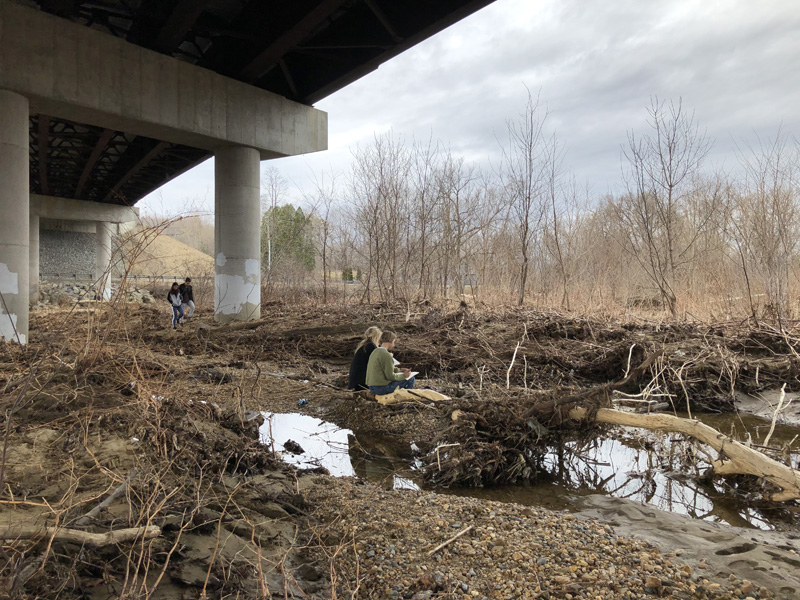
In The Practice of Everyday Life, Michel De Certeau writes, “these ‘traverses’ remain heterogeneous to the system they infiltrate and in which they sketch out the guileful ruses of different interests and desires. They circulate, come, go, overflow and drift over an imposed terrain, like the snowy waves of the sea slipping in among the rocks and defiles of an established order…â€
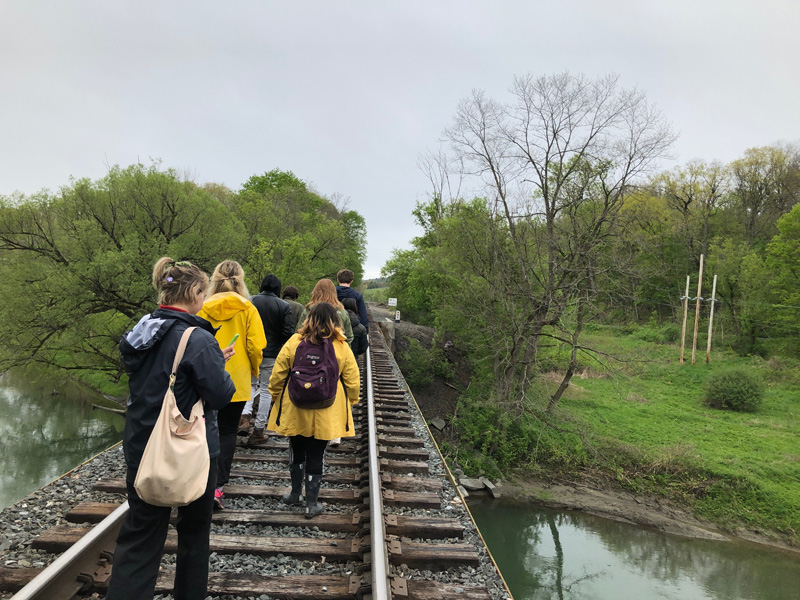
I think that De Certeau was talking about language, but we tried anyhow, to drift over our imposed terrain like that.
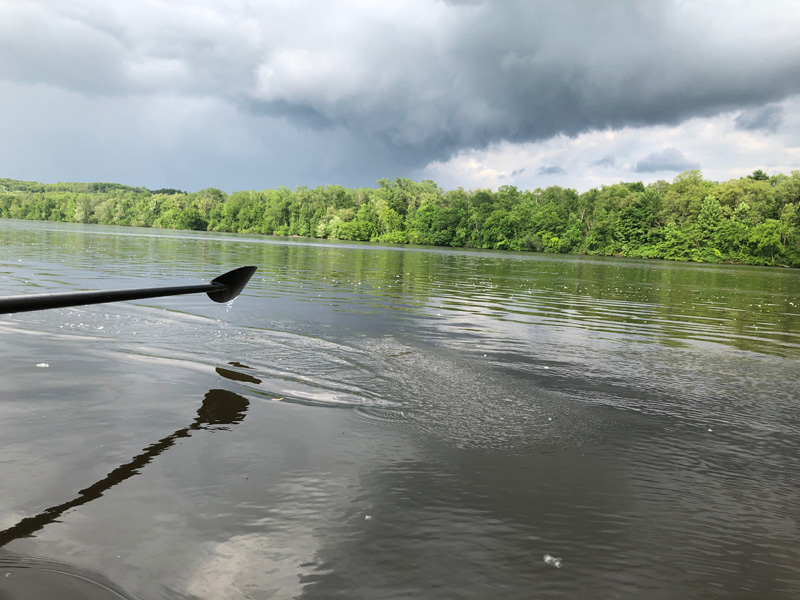
When the show came down, I paddled the rest of the way to New York City with Anne Thompson. We started in Stillwater, where the Hoosic River meets the Hudson.
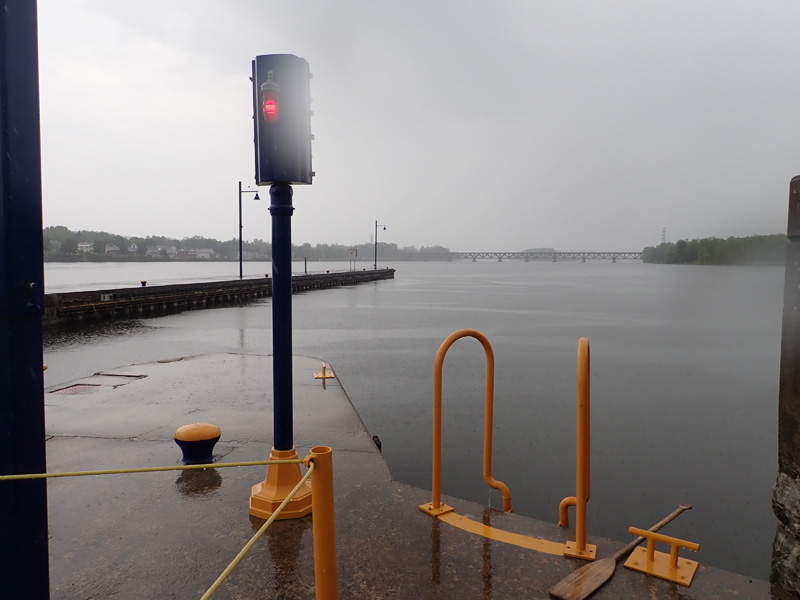
The river here is part of the New York State Canal System, but the locks were closed due to unusually high water.
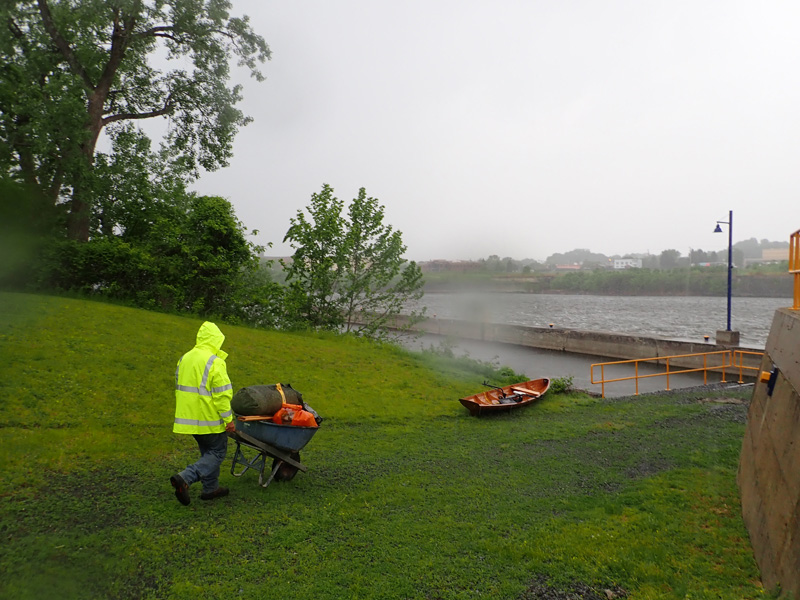
It meant we had to portage around the locks. Here the lock operator at Champlain #3 helps transport our bags.
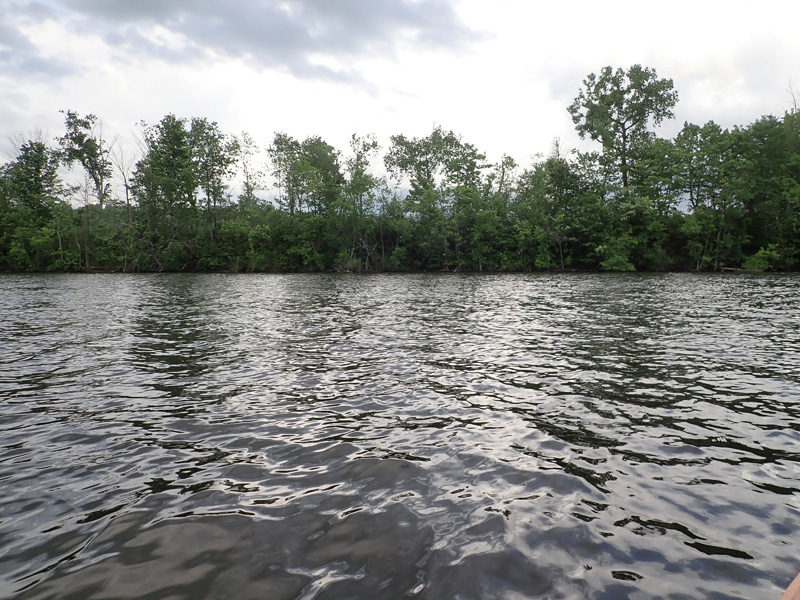
With the locks closed, we had whole stretches of river to ourselves without another boat for days.
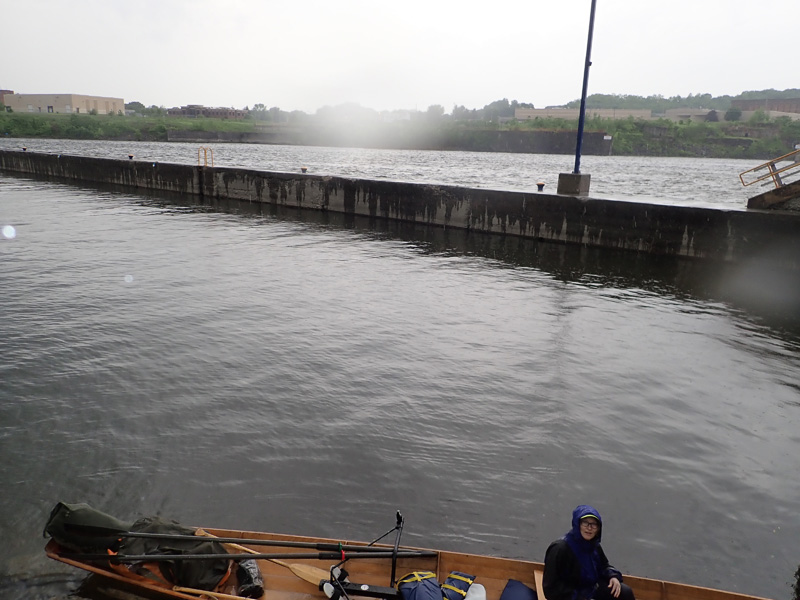
When I told friends in New York that Anne Thompson, the curator of the Usdan Gallery was coming with me for a week to paddle down the Hudson River they said, “Really? The CURATOR?” but my show there was actually built around doing a trip like this, and my explorations with students helped me plan the route.
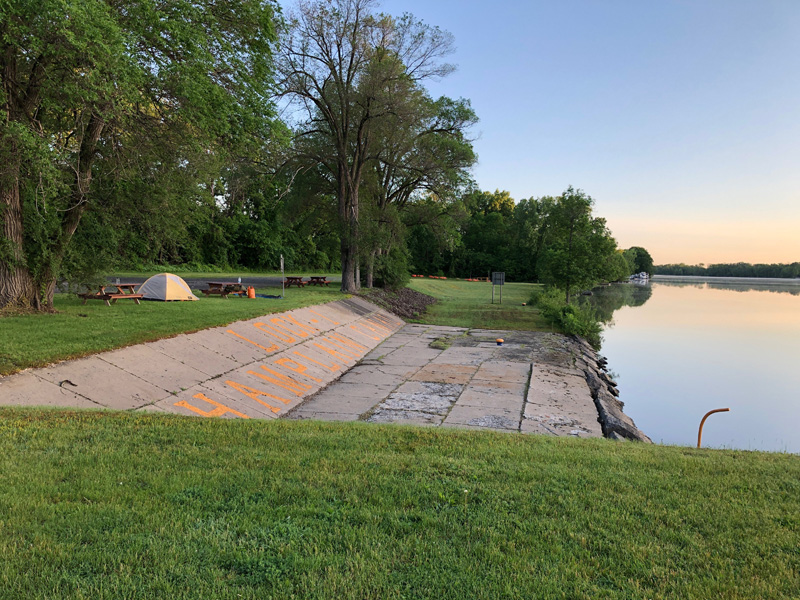
Anne is interested in art that moves beyond the gallery walls, art in the expanded field …
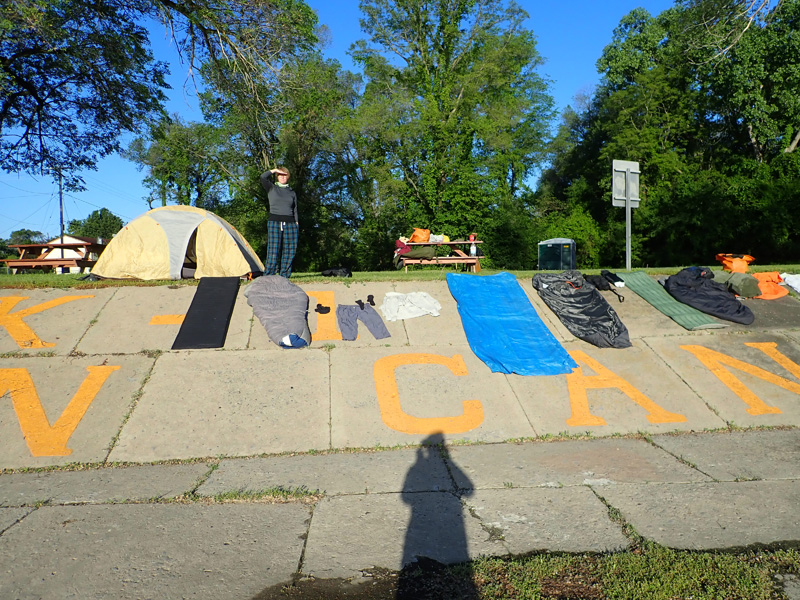
also we are friends from grad school.
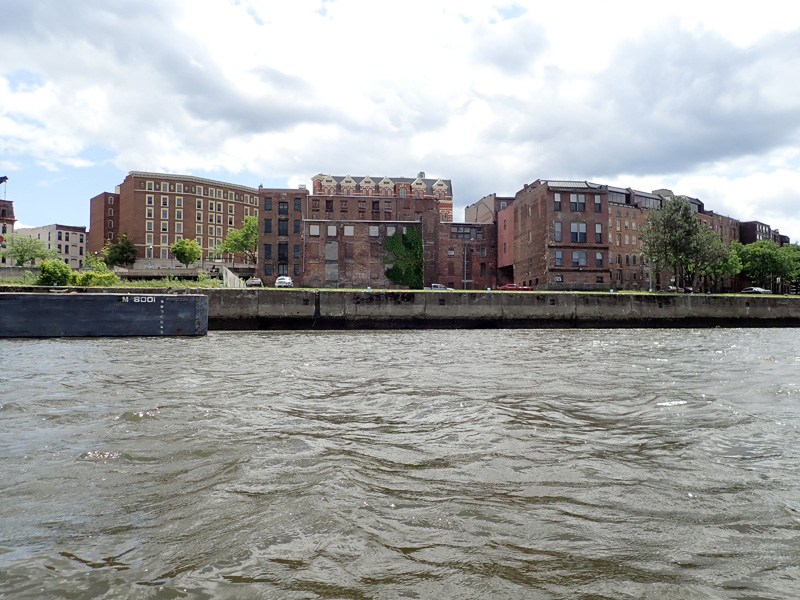
Anyway these trips are not just about paddling and eating gorp (for me).
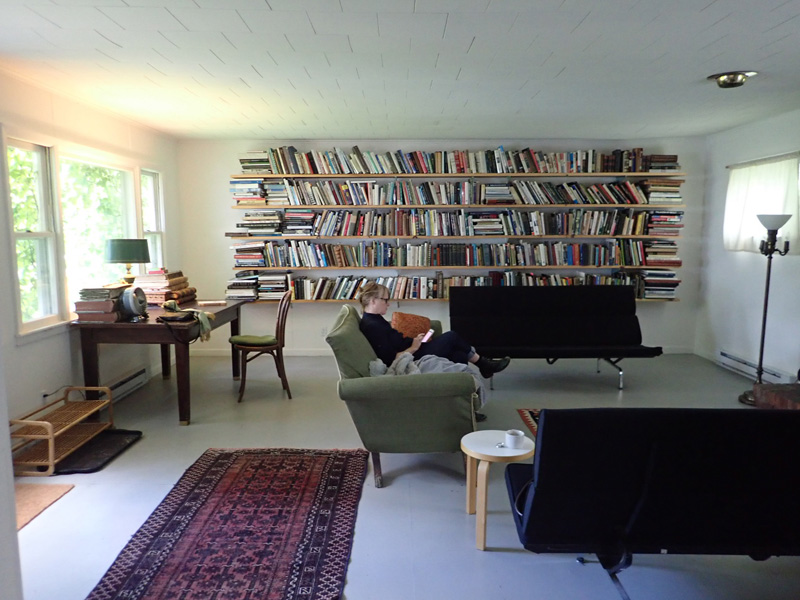
We had some research  days,
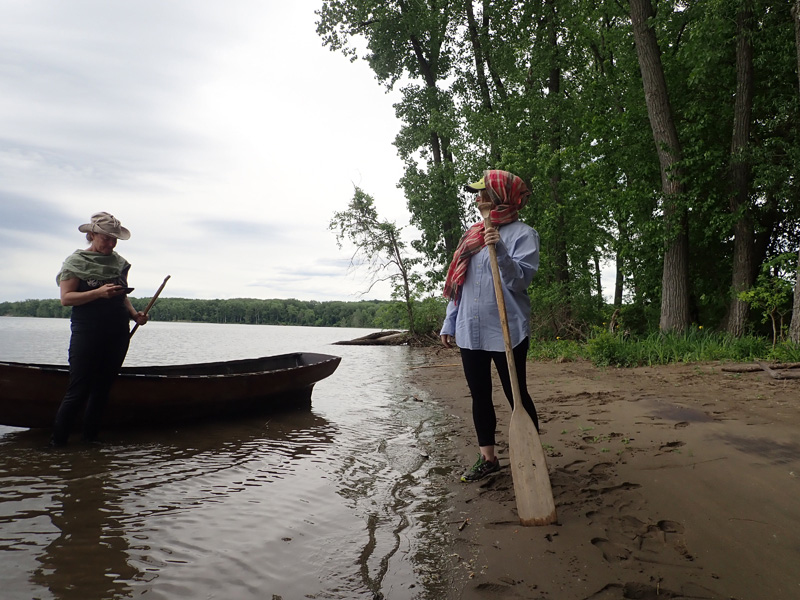
and fashion shoots,
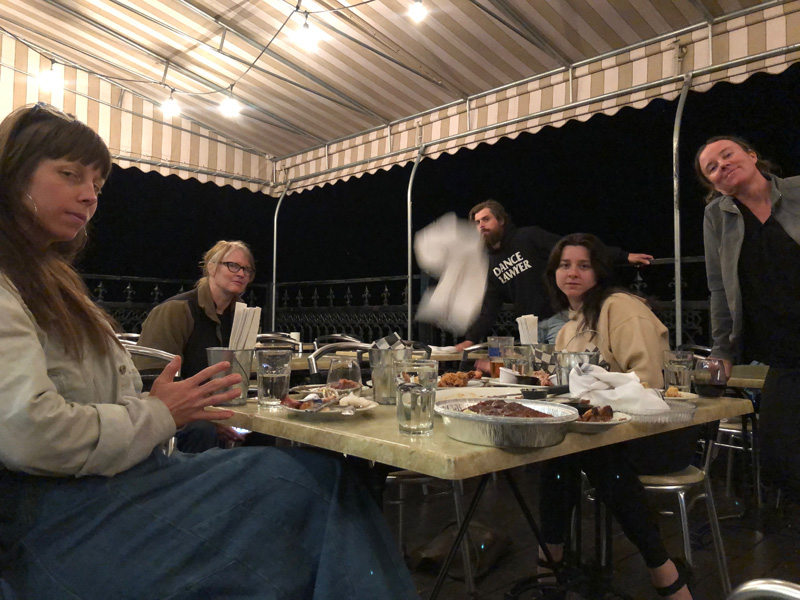
some help from friends (that’s Sigrid Lauren, Anne Thompson, Craig Monteith, Monica Mirabile, and me)

and we had truck assisted portages.
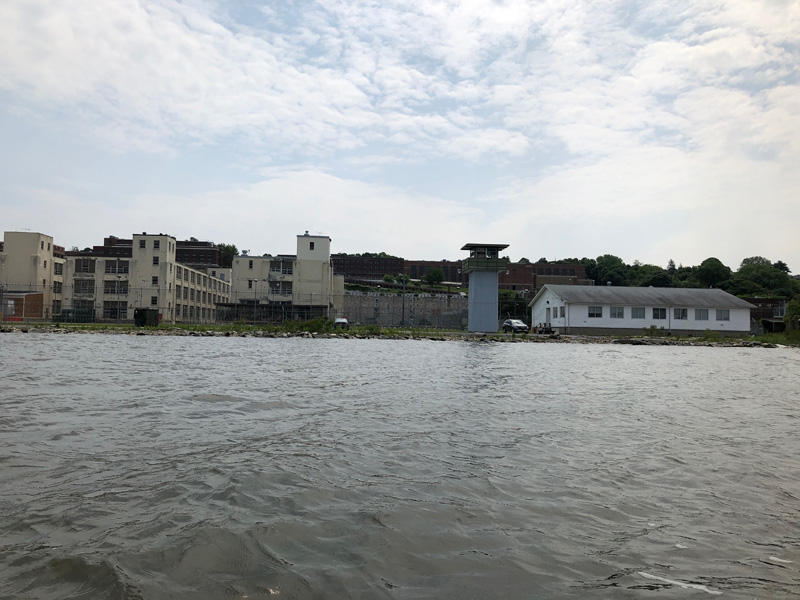
In Ossining we traded boats,
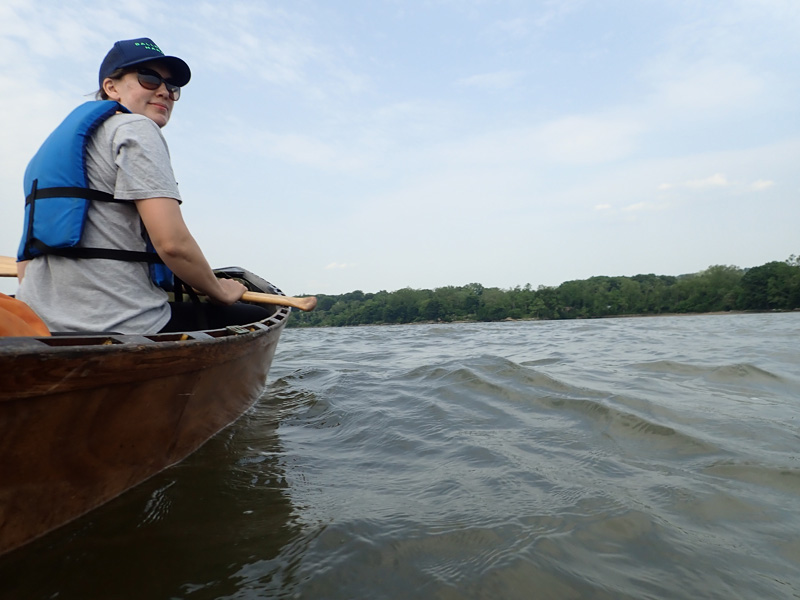
and met Letha Wilson who paddled with us the rest of the way to New York City.
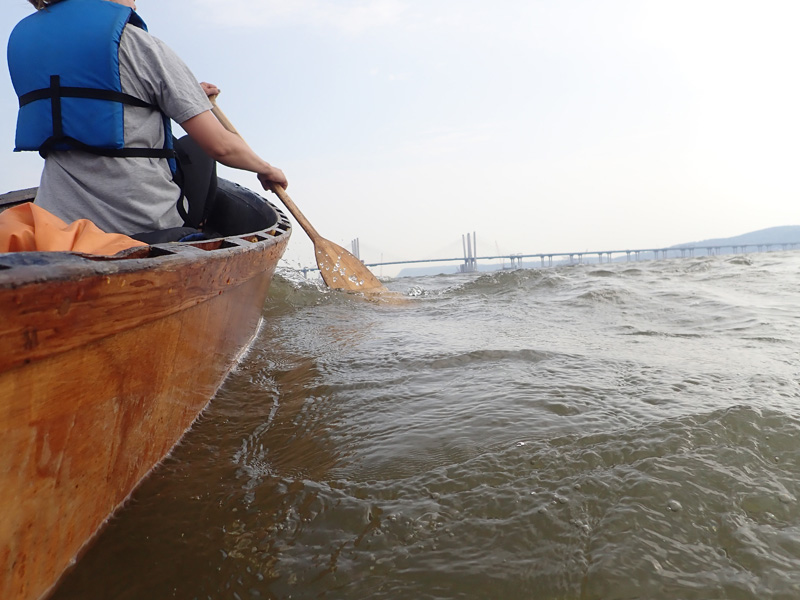
Here the tide in the Hudson becomes a major factor, and the current ran against us half the time.
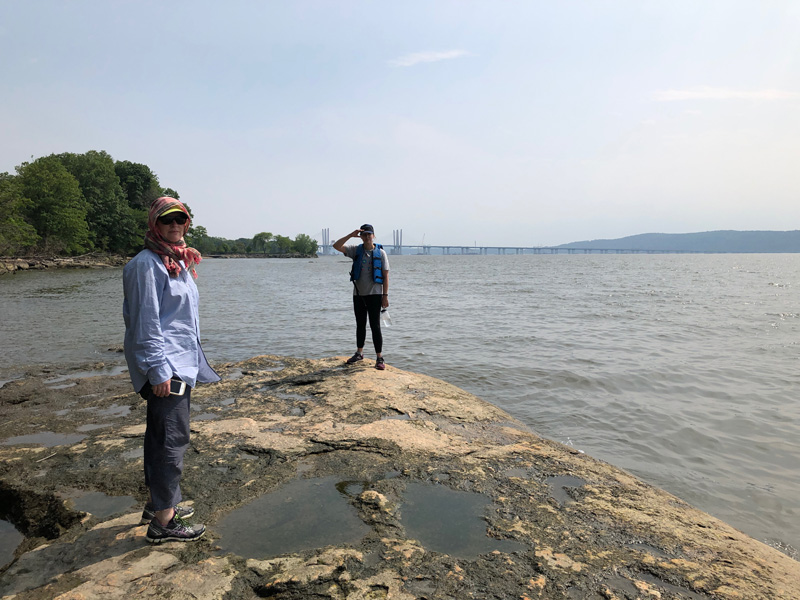
The interesting part about waiting for the tide, is that you sort of have to stop wherever you are.
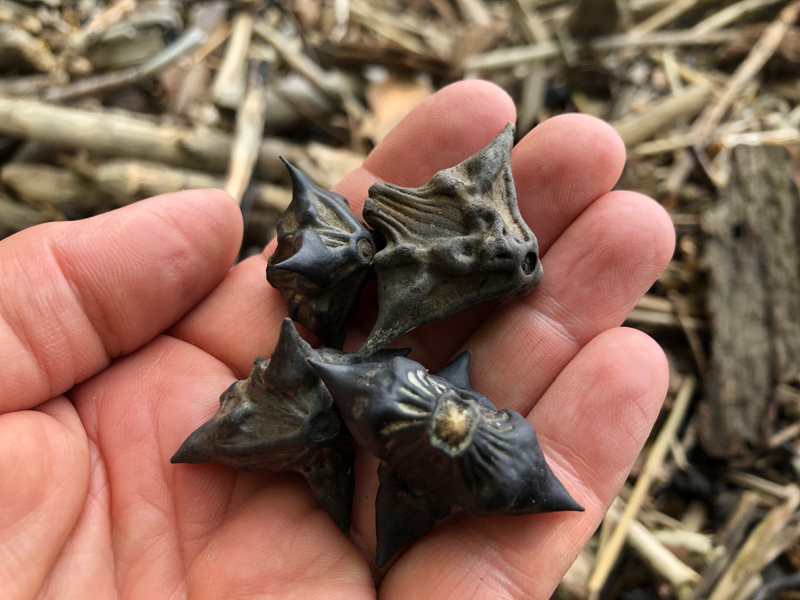
We spent hours exploring,
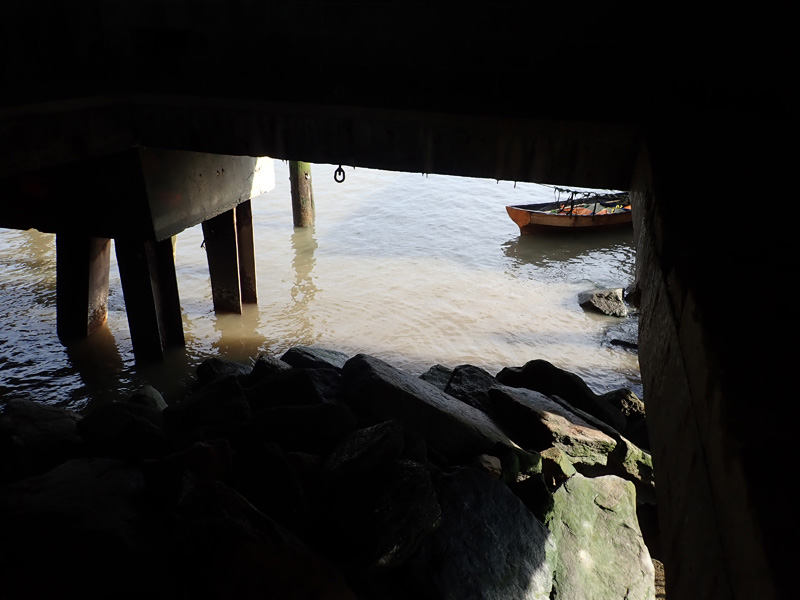
in some of the most unlikely places,
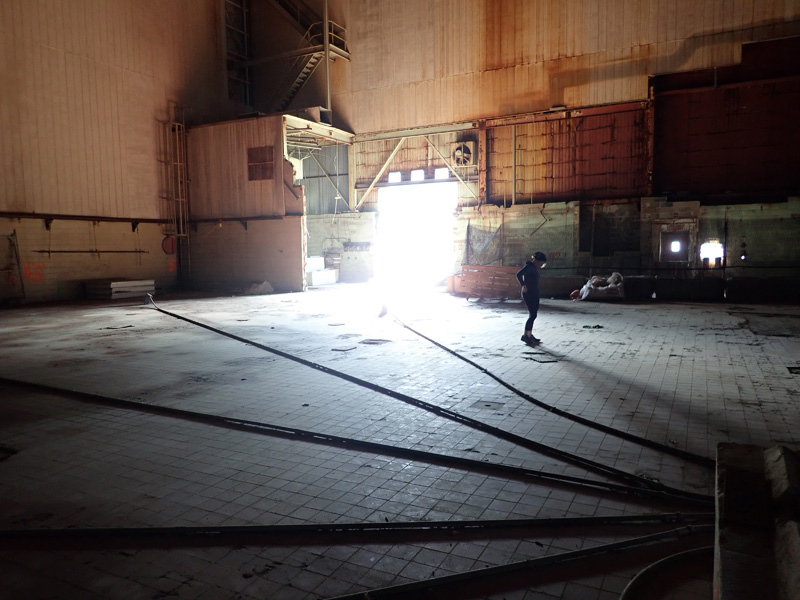
just like those unruly sentences in De Certeau’s book.
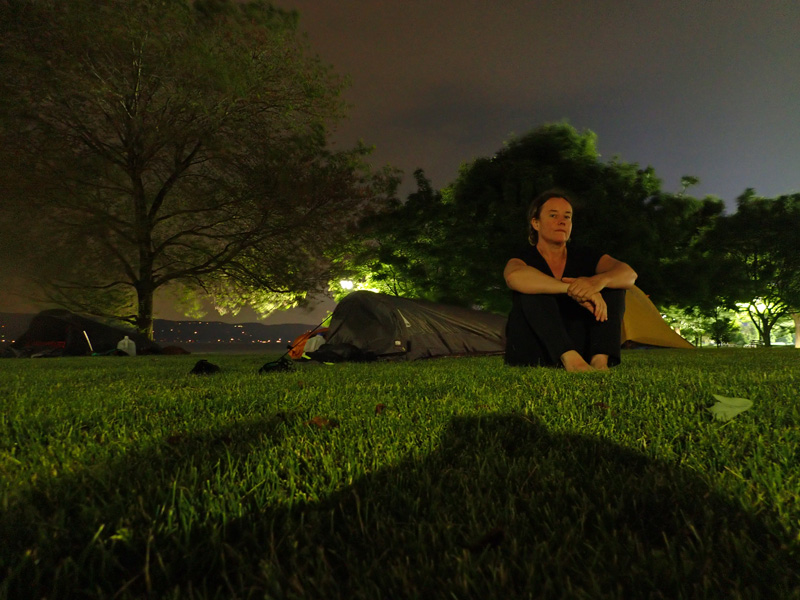
We camped out in a public park,
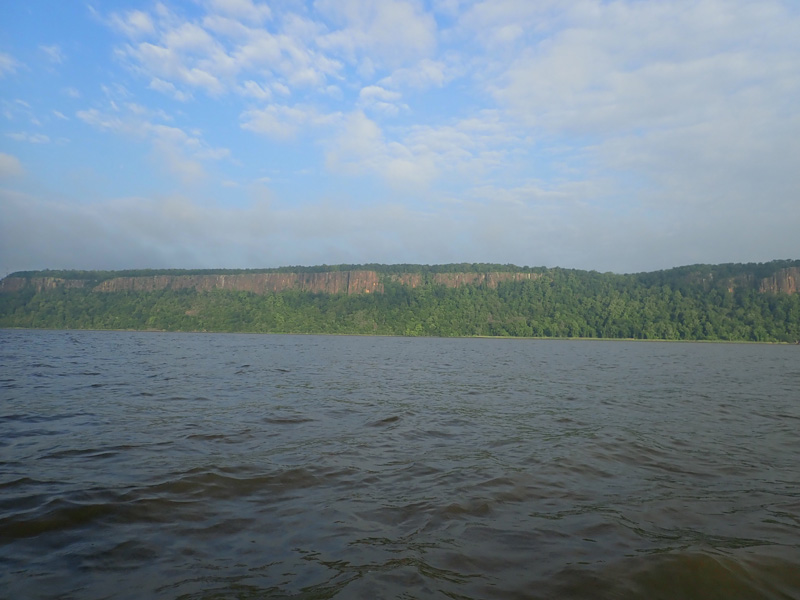
and watched the sun rise on the Palisades.
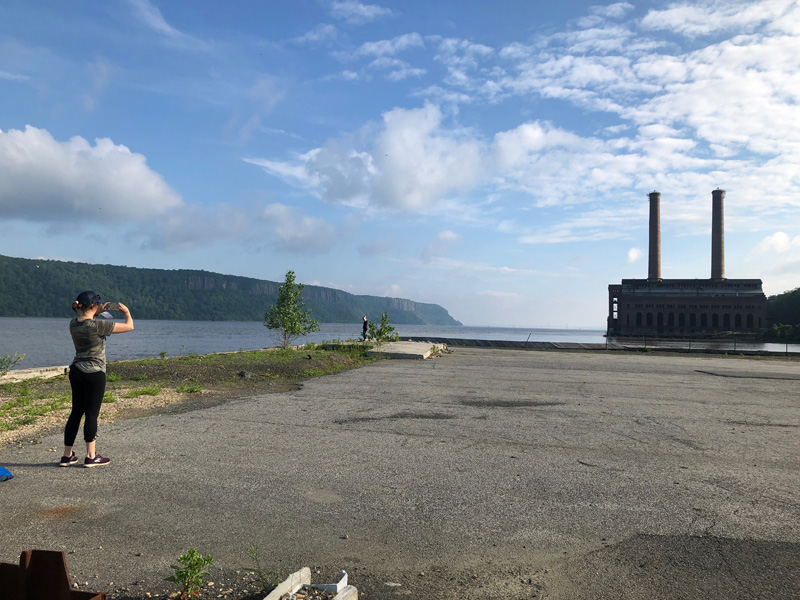
“It’s all worth it for this moment.” I said,
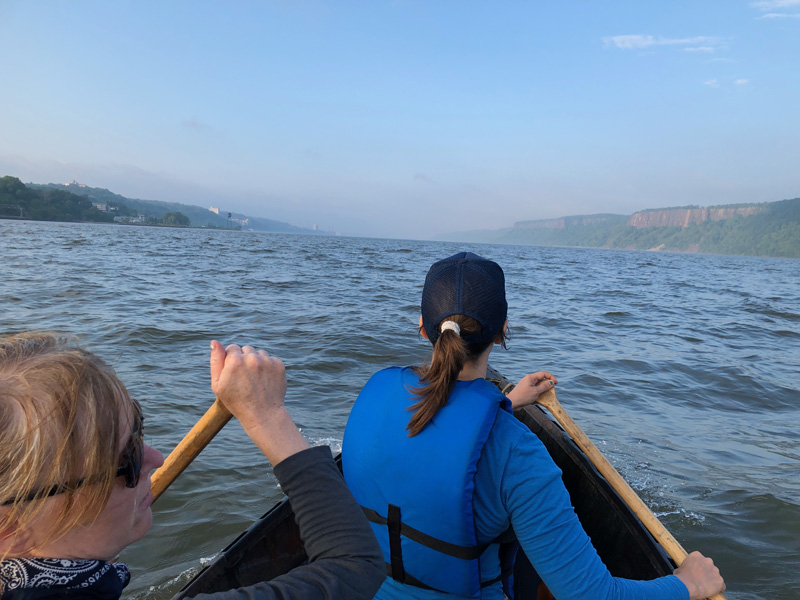
but already I could feel the moment turning against us,
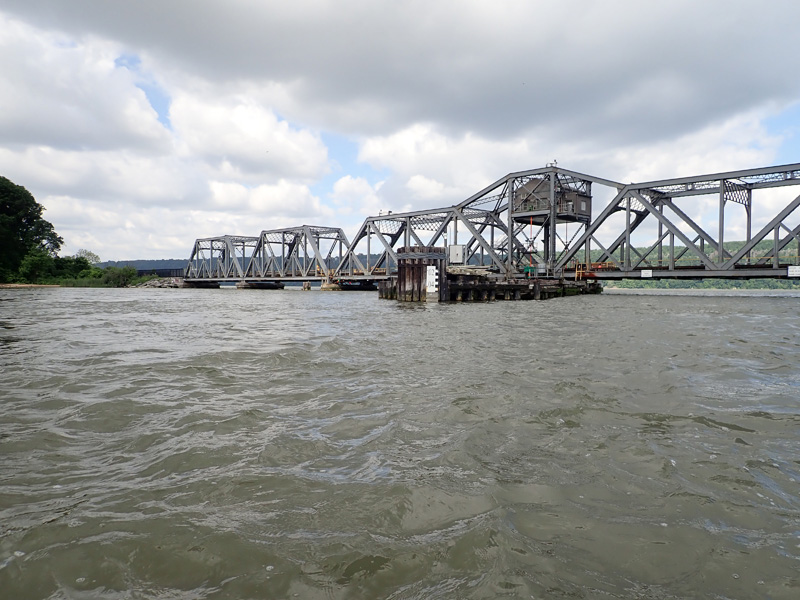
a million tons of water pulled by the moon back to Ossining and Stillwater.
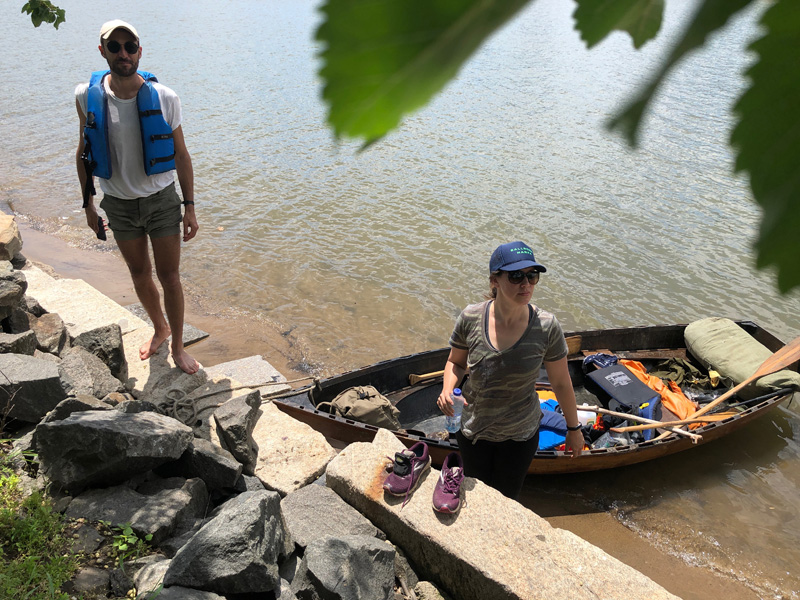
Around Inwood we picked up another passenger, Nicholas Weist.
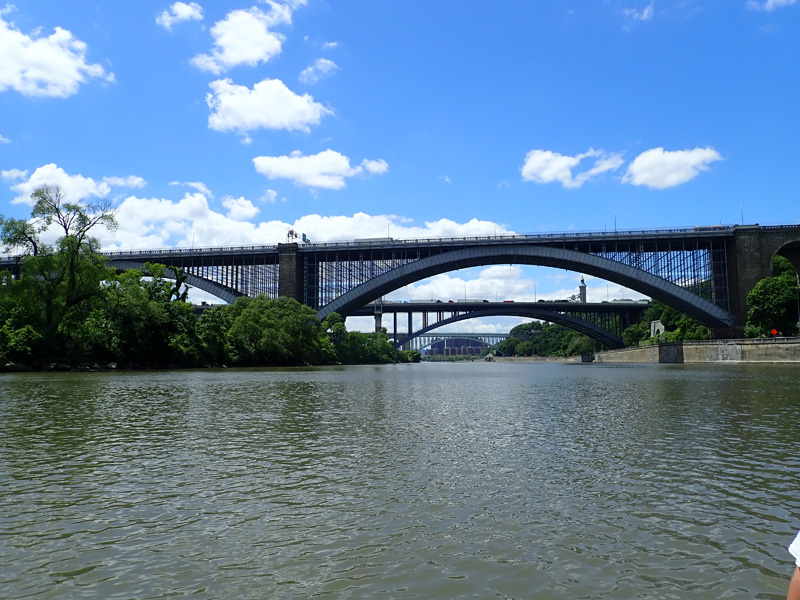
He paddled with us down the Harlem River,
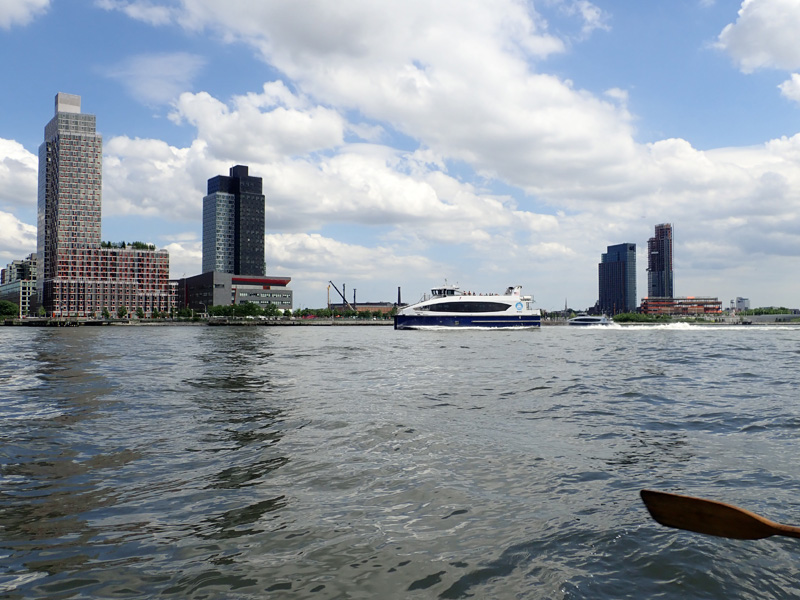
the East River,
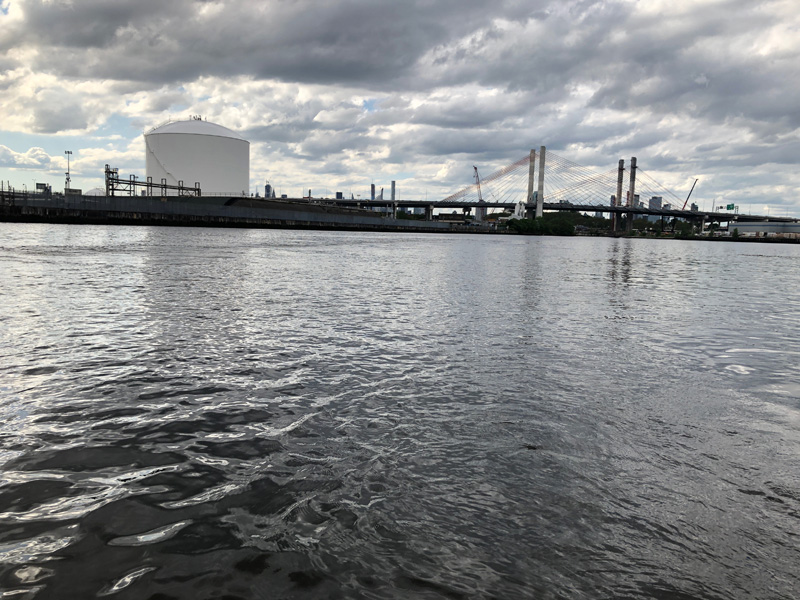
and the Newtown Creek.
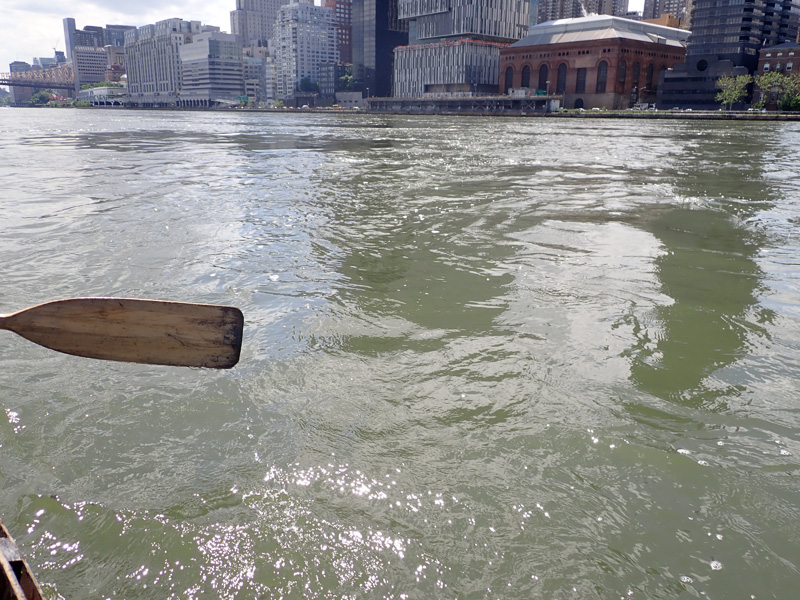
The tide was so strong at times that it felt like riding on the back of a gigantic animal.
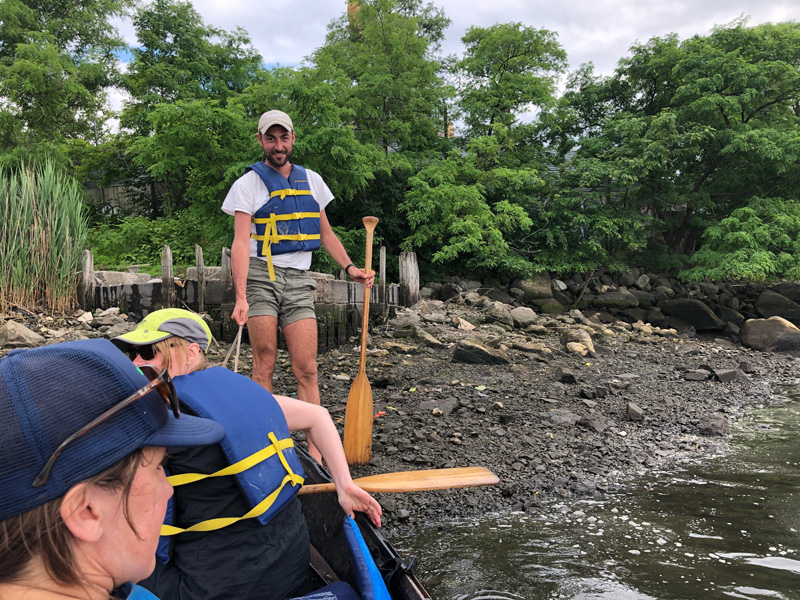
When we got out on land, my body felt strange like the cement and everything else was moving.
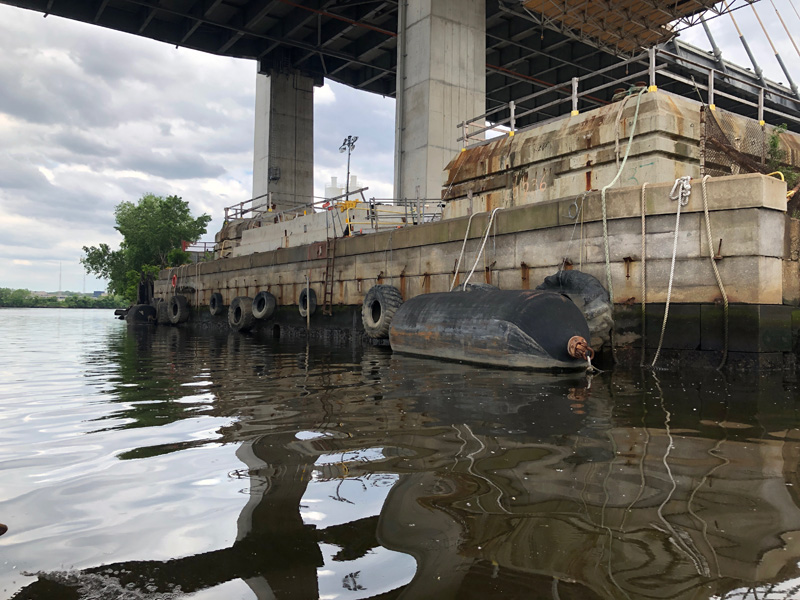
That night Letha described going under the piers and bridges of New York as a strange encounter with a familiar space,Â
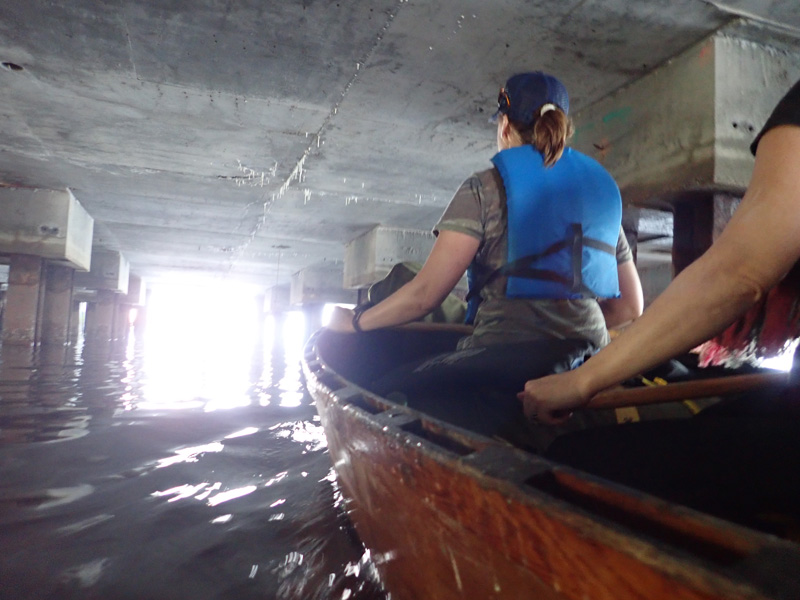
“Like an X-ray or an endoscope of my own body.”
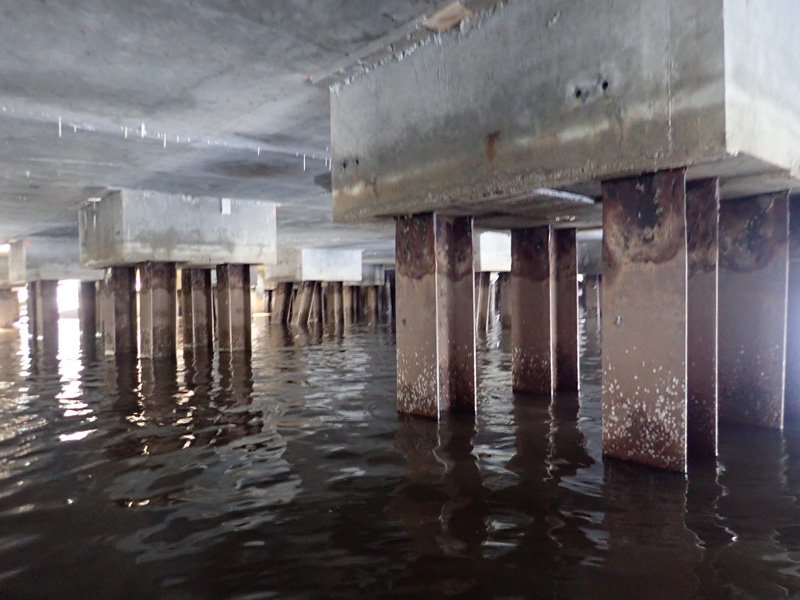
The other thing we talked about that night, perhaps the most unusual thing that we saw on our trip,
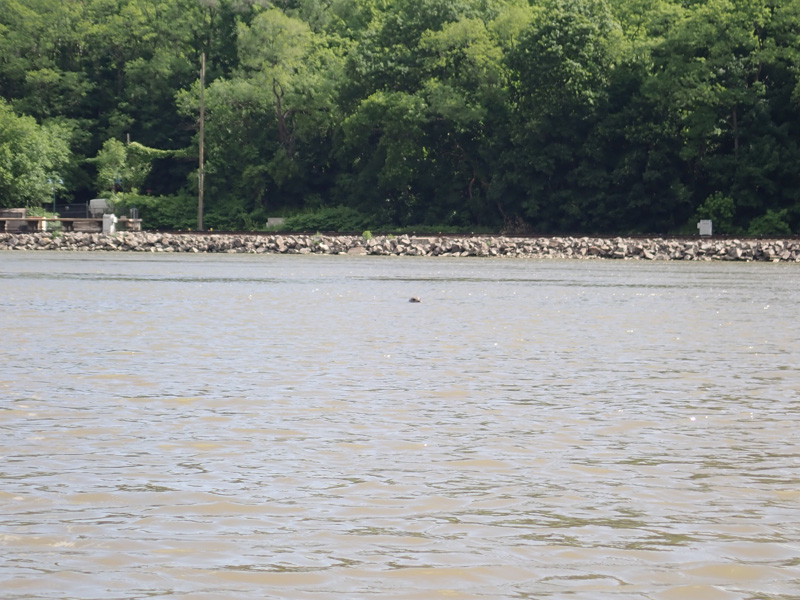
 a seal in the Harlem River.
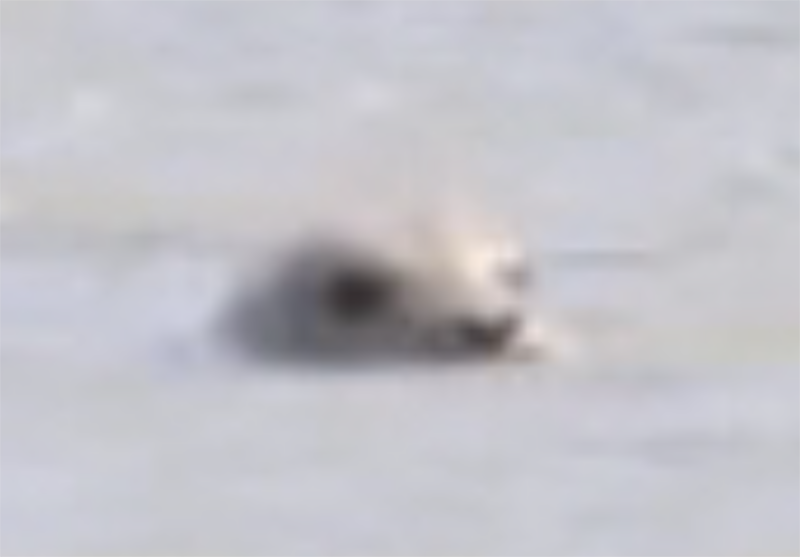
↑ Return to Top of Page ↑